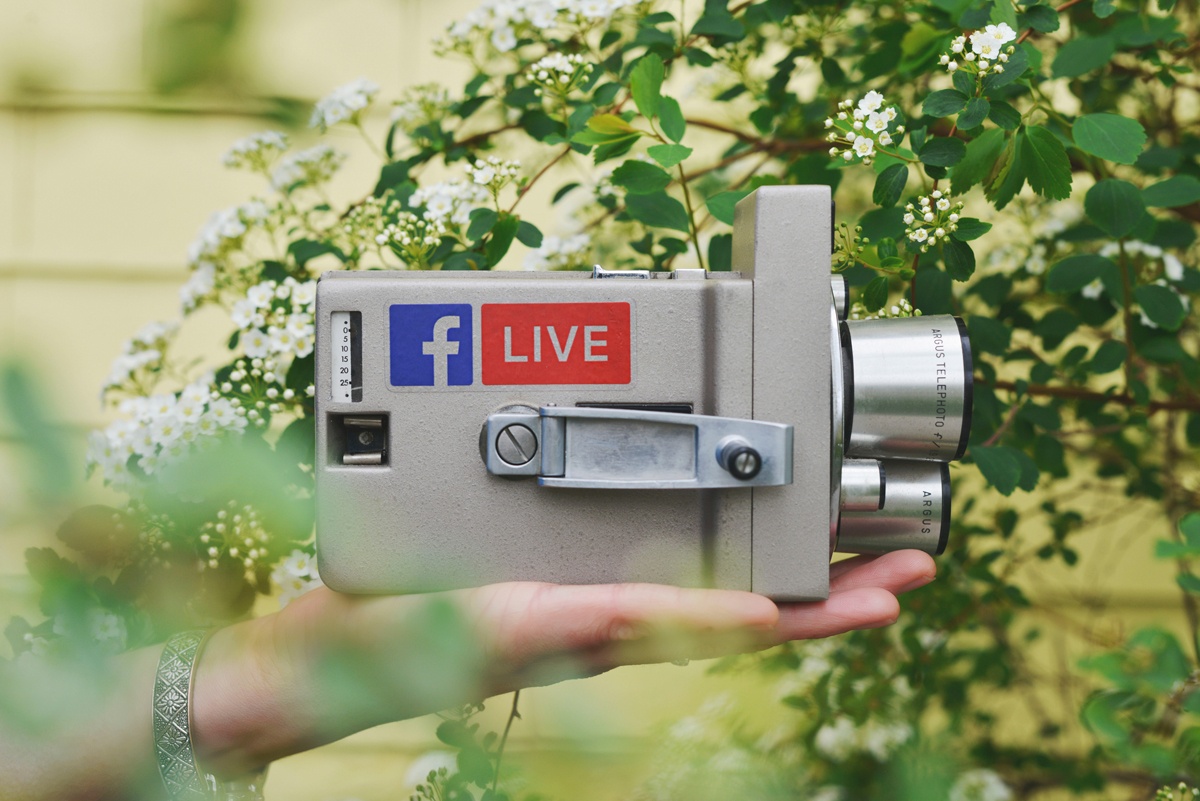The Data Handbook
How to use data to improve your customer journey and get better business outcomes in digital sales. Interviews, use cases, and deep-dives.
Get the book It feels that in recent years brands have cut the middlemen and headed towards direct-to-consumer (D2C). Everyone knows that building retail channels is expensive which has meant that the CPG field has been dominated by legacy brands with huge marketing budgets. However, legacy corporations have recently been challenged with several product and fashion startups, including companies like Honest Company or Dollar Shave Club, which was acquired by Unilever with $1B. Since 2012, investors have nvested nearly $2.5B into D2C brands operating in their own online channels selling their self-designed apparel and accessories.
It feels that in recent years brands have cut the middlemen and headed towards direct-to-consumer (D2C). Everyone knows that building retail channels is expensive which has meant that the CPG field has been dominated by legacy brands with huge marketing budgets. However, legacy corporations have recently been challenged with several product and fashion startups, including companies like Honest Company or Dollar Shave Club, which was acquired by Unilever with $1B. Since 2012, investors have nvested nearly $2.5B into D2C brands operating in their own online channels selling their self-designed apparel and accessories.
Obviously, the next generation of commerce has already arrived, so the big question is: How can massive legacy brands compete with D2C startups? These three key questions can help you to define the winning strategy in the age of innovations and earthmoving customer experience.
1. What is the business goal of going D2C?
It is a Herculean task to streamline existing systems and processes to support an agile way of developing a business. Thus, its pivotal to have a clear target. Do you want to secure your market share, are you aiming to decrease costs by cutting middlemen from your value chain, or are you hoping to increase your customer base? Depending on your business target, the ways of going D2C may differ; that’s why you should have a clear vision of what you are aiming for. Carefully analyse whether your product or business model is suitable for D2C and if it’s not, why not.
2. How to build necessary capabilities?
CPG startups test and iterate with their offering, pricing, offers and promotions. They keep on learning more and more about their customers and apply agile development cycles in fast pace. This requires a certain kind of mindset and capabilities, which are rarely appreciated in large enterprises. Analyse what capabilities are needed to build a brand in the new millennial or digital-focused economy and what know-how you are missing.
There are many ways to build these capabilities, depending on how much you are able and willing to invest and how fast you expect to have results. Two most typical approaches for building new capabilities are recruiting or buying (consulting or existing businesses). For future success, make sure that there are plenty of opportunities for your people to learn during the transformation.
3. What kind of role will the current channels play in the future?
Basically, all legacy brands are afraid of channel conflict when going to D2C. Even though the landscape is changing, in most cases the majority of sales still come through wholesale partners. If that’s the case also in future, the best way is to define your D2C strategy as support for wholesale partners. This might mean different offering in your own channels, coherent pricing or click-and-collect delivery solutions. If you have a more aggressive strategy towards moving sales from wholesale partners into D2C, it would mean ramping up different kinds of operations, including pricing, offering, staffing and logistics.
You should also define what kind of role marketplaces play in the channel palette. More than 30% of global eCommerce is via marketplaces, like Amazon, Zalando or AliExpress. Shoe company Crocs is a good example of how to work successfully with multiple channels: they have their own online store, brick-and-mortar stores, a large retailer network and own flagship stores on Amazon.
Think like a startup
After solving the big questions, try to think like a startup. First, make the most of mobile commerce. Millennials are leading the way in eCommerce sales and prefer mobile for online shopping as mobile enables more personalised messaging to consumers. Nike recently announced that their target is to grow their sales in D2C by 250 percent in the next five years to stay ahead of competition – mobile commerce is playing a crucial role in reaching this target.
Second, think of the ways you communicate with your customers. Traditional ways used in ads and marketing aren’t working anymore in the digital era. Build a real dialogue with your customers.
Third, focus on the customer problems worth solving. Anton & Anton’s Food bag is solving the everyday problem in many families: What’s for dinner. The ingredients with recipes are conveniently delivered to customers' doors ready to be prepared for tasty meals on subscription basis. The real solution customers are willing to pay for is much deeper: more time with family and friends.
The survival of legacy brands is becoming more difficult, but not impossible. While consumers’ demands and needs are changing quickly, traditional companies have to be able to adjust their business and make most of the new technology and digital resources.
The Data Handbook
How to use data to improve your customer journey and get better business outcomes in digital sales. Interviews, use cases, and deep-dives.
Get the book



